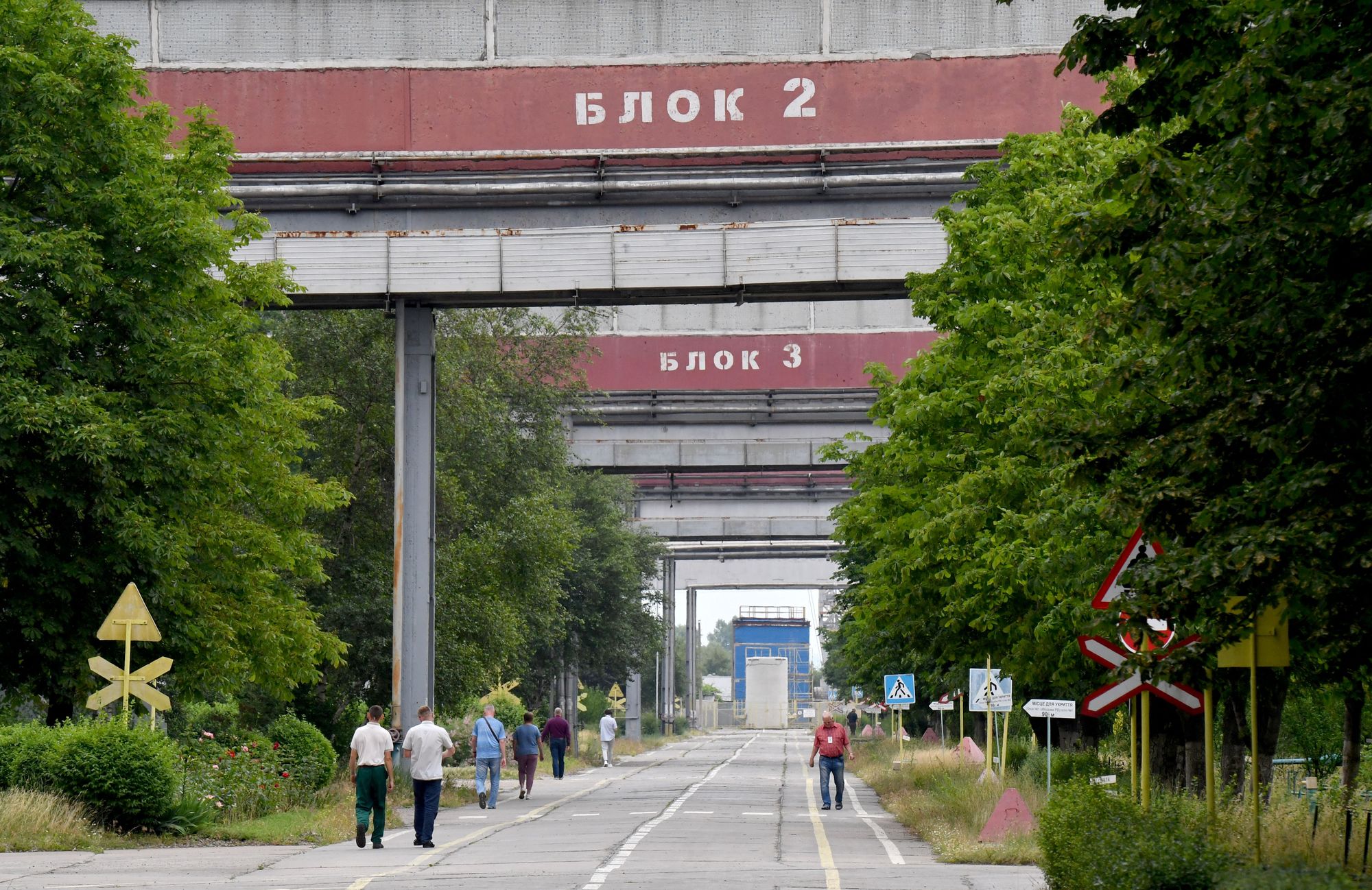IAEA observes mines, power line failure at Russian-occupied Zaporizhzhia nuclear plant

Experts have observed anti-personnel mines around the site of the Russian-occupied Zaporizhzhia Nuclear Power Plant, the International Atomic Energy Agency (IAEA) said in a statement on July 24.
Agency Director General Rafael Mariano Grossi stated that "during a walkdown on July 23, the IAEA team saw some mines located in a buffer zone between the site’s internal and external perimeter barriers," in a restricted area that plant workers cannot access.
When the issue was raised with Russian forces occupying the plant, the experts were "told that it is a military decision, and in an area controlled by military.”
Russia has occupied the Zaporizhzhia Nuclear Power Plant since March 2022. In the evening of July 22, the IAEA also reported hearing several explosions "some distance away from the plant."
The IAEA stated that it has previously been aware of the existence of mines outside the perimeter of the plant. In recent weeks, the team has been carrying out regular inspections on site.
Grossi also said that the experts still have not been let onto the roofs of the reactors. Ukraine's General Staff reported on July 4 to have observed the placement of objects resembling explosives on the roofs of reactors three and four of the plant.
The report came two weeks after after President Volodymyr Zelensky and Ukrainian military intelligence chief Kyrylo Budanov both said that Russia had rigged the plant with explosives and was prepared to commit an act of nuclear terrorism at any time.
The IAEA report added that on July 22, the power plant was forced to rely on a backup 330 kilovolt power line for around eight hours, after losing connection to the main 750 kilovolt power line. Power is needed to cool the plant's reactor.
Though the agency reported that the technical failure had no consequences to nuclear safety in this case, the situation "highlighted the site’s fragile external power situation" during the war. In October, the plant was forced to rely on diesel generators to provide power to the cooling systems due to Russian shelling.
On July 1, the plant was reconnected to the 330 kilovolt backup power line for the first time in four months.

Due to concerns about the access to water for cooling the reactors following Russia's destruction of the Kakhovka dam on June 6, the IAEA continues to monitor the water supply.
The report stated that the available water remains relatively stable, and that the site will have enough water "for some months."
The IAEA also commented on the start of the transition of the fourth reactor from hot to cold shutdown, which Russian forces occupying the plant have reportedly planned. The agency expects Unit 4 to reach a hot shutdown status on July 25.
Russian forces have ordered the fourth reactor into a hot shutdown state in violation of safety protocols, the Ukrainian nuclear agency Energoatom announced on Telegram on July 24.
Energoatom previously reported on July 21 that the Russian-appointed "General Director" of the plant is putting pressure on Ukrainian workers who have refused to sign contracts with Russia's state nuclear operator to reactivate the fourth reactor.
According to Energoatom, the operational staff brought in from Russia lacks the necessary expertise to work in the plant. Russian forces occupying the plant are trying to reconcile this by coercing Ukrainian specialists to work with them.














